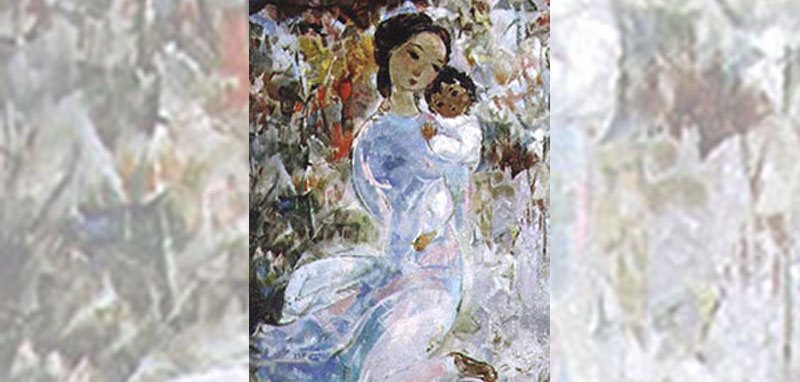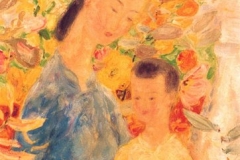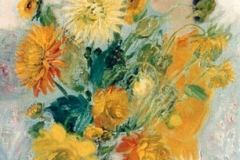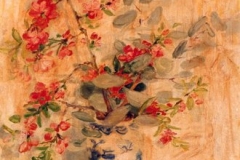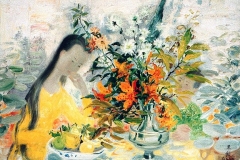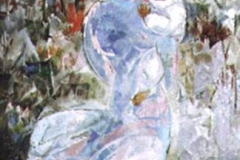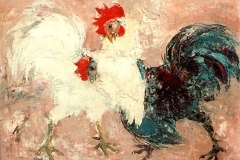Viet Nam
The French colonial government of Viet Nam established The Ecole Supérieure des Beaux-Arts de l’Indochine (Fine Arts College of Indochina) which operated from 1925 through 1945, introducing Western oil painting techniques to a new generation of emerging artists. Young artists who attended were exposed to modern styles including fauvism, cubism, symbolism, expressionism, and surrealism.
Among the influential artist/teachers of this era, Le Thi Luu and Le Pho are remembered as gentle, insightful instructors at the French run Buoi School in Hanoi.
When the Communist Party of Viet Nam led a resistance against the French, beginning in 1945, art styles were affected by political pressures. After the victory of Dien Bien Phu in 1954, the country was separated into two regions. In South Vietnam, artists remained freer to depict personal subject matter and to continue their artistic dialog with Westerm modern styles and themes.
In recent years following the disruptions and losses of the Viet Nam war, Hanoi has re-established itself as a vital center of contemporary art and expression.
